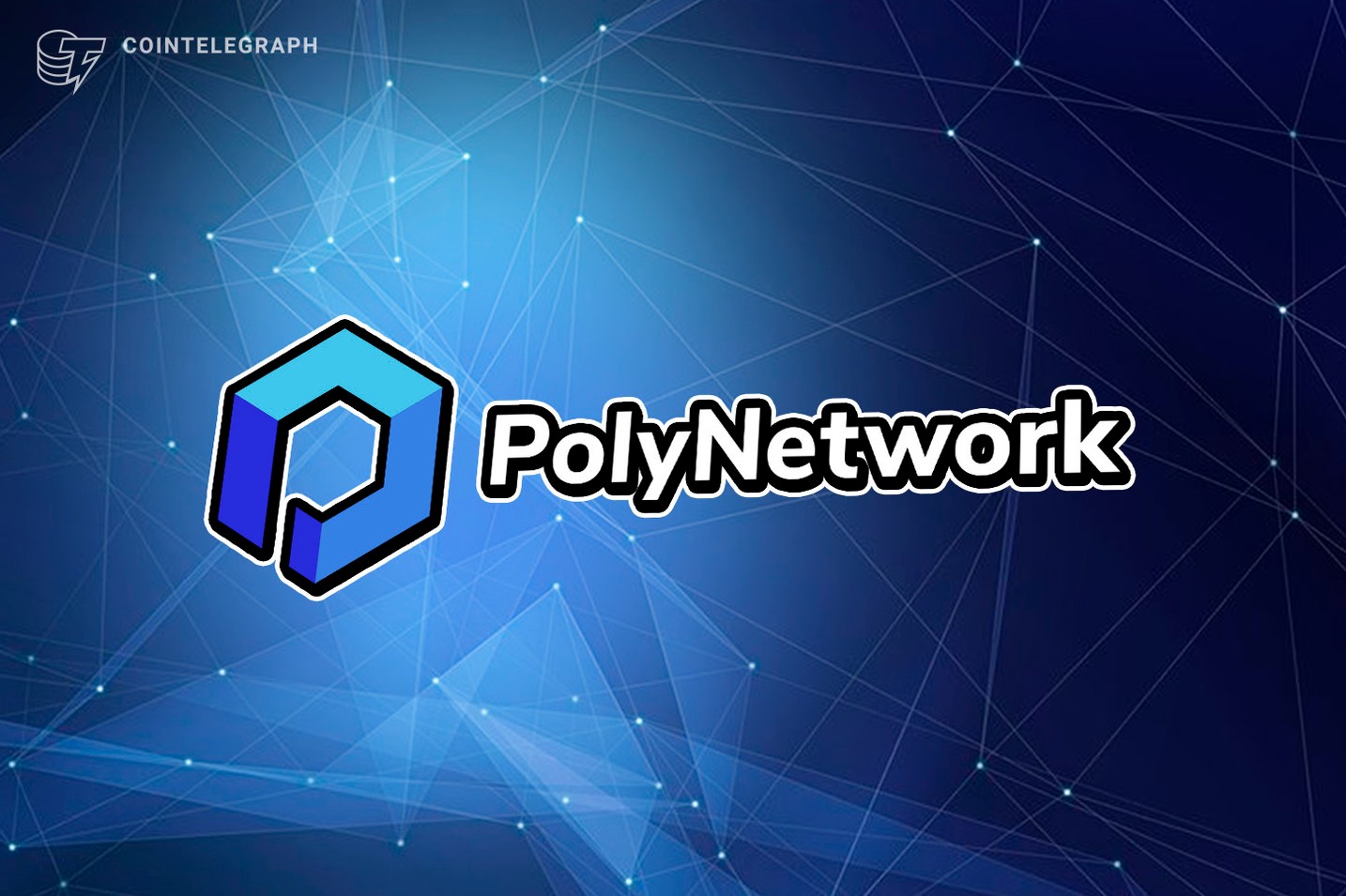This content is provided by a sponsor
Web3, a term used to refer to the next epoch of the internet, is evolving on top of blockchain technology. Blockchain offers a new approach for data-producing, -distributing and -processing. Interoperability refers to the interconnectedness people need to enjoy using it.
People’s lives have become increasingly digitized, and improvements in technological education have led to increased scrutinization of the critical infrastructure that commonly-used internet applications are built on. Users are requesting that applications be designed to empower them, and they want to be able to efficiently move their digital accounts and data across space and time without boundaries.
Empowering users is at the core of the value propositions for Web3 and interoperability.
Web3 and decentralization
To better understand Web3, it is important to understand its competitive advantage relative to Web2, which is decentralization. A system is considered centralized if it is controlled by a minority of participants. If all participants are equally contributing to the system, it is decentralized.
A centralized system may be more efficient, offer a good user experience and provide advanced services based on the data analytics of its users. However, a decentralized system can reduce the risk of leading nodes being compromised or corrupted, also known as a single point of failure, making the system more robust and secure and offering users sovereign ownership of their data.
Ownership of data
Decentralized systems offer users robustness, security and ownership of their data. Most popular internet applications today work on top of centralized systems and hold custody of their users’ data. This centralized architecture gives these applications the authority to control and manipulate users’ information and forces users to trust service providers to take ethical custody of their assets and data.
Web3 offers an alternative by offering users the right to claim ownership of their accounts, assets and data. Real ownership of a digital asset means that there is a technological guarantee, based on cryptography, that only the owner can access or use. Even if a web service is storing the asset or data, it can only store it and does not have access to it.
Interoperability in Web3
Interoperability is the means of exchanging and making use of information from computer systems and software. In the case of a centralized network that offers a broad range of applications, interoperability can be achieved by enabling access permissions to centrally stored data. Users can benefit from this interoperability in various ways, such as shared account information that enables faster logins on applications.
In Web3, with decentralized networks and sovereign ownership of accounts and data, users become independent of these intermediaries. Users will nevertheless continue to expect and desire the convenience that comes with a variety of applications exchanging and using their data.
The need for Interoperable blockchains
In crypto, there has been an ongoing debate as to whether there will be a winner-take-all scenario amongst blockchains or whether multiple blockchains can coexist. This coexistence is formally referred to as the multichain hypothesis. In recent years, the multichain hypothesis has proven to be true.
Different infrastructure layers have been developed, adding diversity to the previous Ethereum layer-1 (L1) monopoly, illustrated by the charts below.
L1 market share, percentage of aggregate total value locked

Source: Defi Llama
These various infrastructure layers have created unique benefits for their respective communities. Interoperability across chains allows these benefits to aggregate by adding synergetic value. For the industry to continue to grow and successfully onboard the masses of internet users, synergy should be maximized. This is why the industry needs bridges such as Poly Network.
